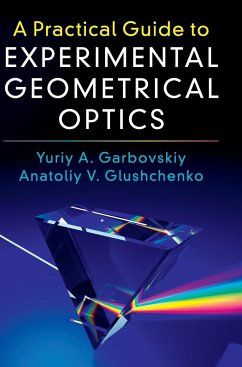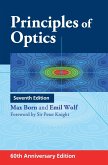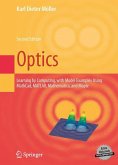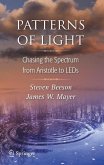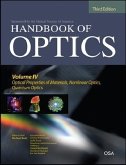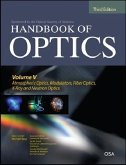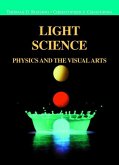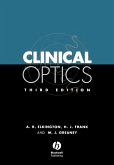A concise, yet deep introduction to experimental, geometrical optics, this book begins with fundamental concepts and then develops the practical skills and research techniques routinely used in modern laboratories. Suitable for students, researchers and optical engineers, this accessible text teaches readers how to build their own optical laboratory and to design and perform optical experiments. It uses a hands-on approach which fills a gap between theory-based textbooks and laboratory manuals, allowing the reader to develop their practical skills in this interdisciplinary field, and also explores the ways in which this knowledge can be applied to the design and production of commercial optical devices. Including supplementary online resources to help readers track and evaluate their experimental results, this text is the ideal companion for anyone with a practical interest in experimental geometrical optics.
Hinweis: Dieser Artikel kann nur an eine deutsche Lieferadresse ausgeliefert werden.
Hinweis: Dieser Artikel kann nur an eine deutsche Lieferadresse ausgeliefert werden.
'This book is unique in that it fills the gap between theory textbooks and laboratory manuals in the field of optics. [The authors] provide descriptions of experiments supported by theoretical explanations of the phenomena responsible ... The text can also be used by instructors looking for a laboratory manual or by optical scientists hoping to hone their experimental skills. It offers valuable advice to those looking to build an optics lab, including guidance on what equipment to purchase, relevant costs, and other practical concerns. Readers are given ideas for practical applications of the knowledge gleaned from experiments for building their own optical devices. The book's online supplements, such as tools to help analyze experiment results, are a major bonus. Overall, this work is an excellent resource for instructors and for optical engineers and scientists, whether in academia or in industry.' S. Tripathi, Choice

